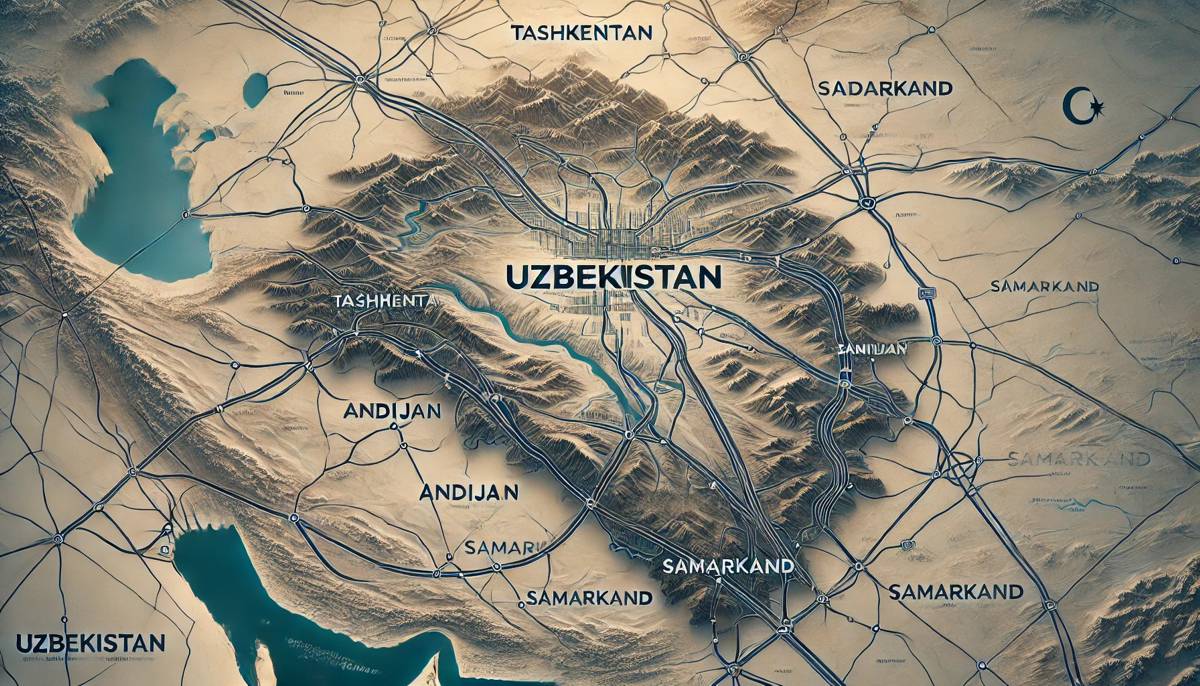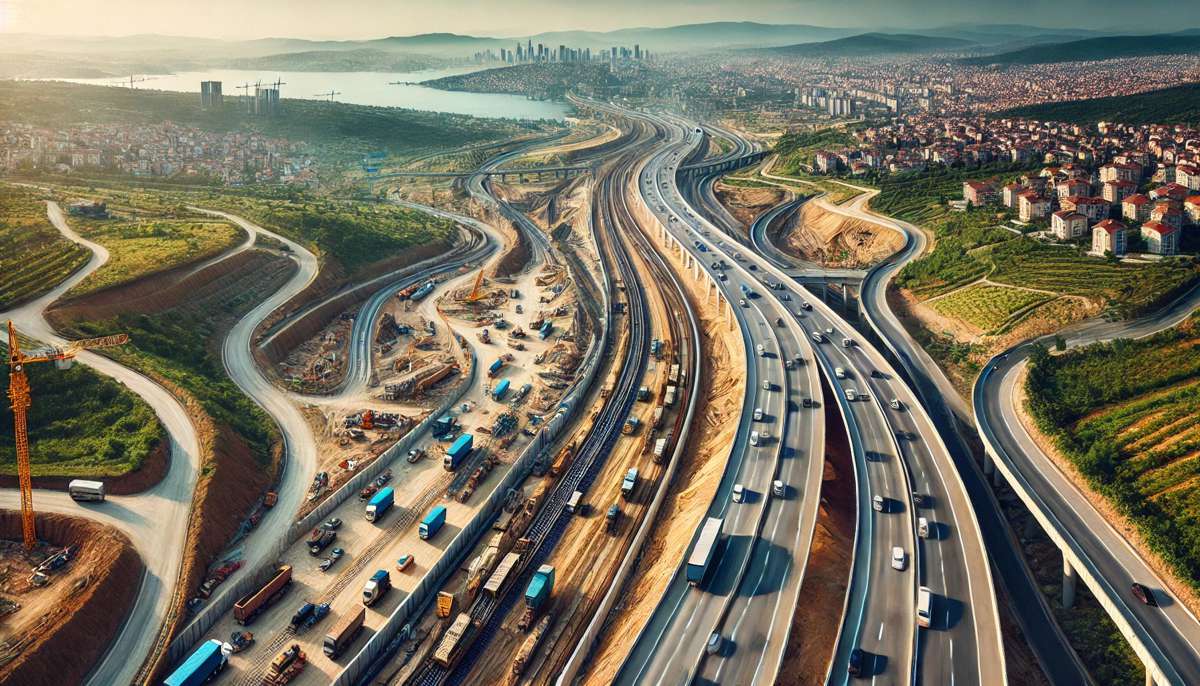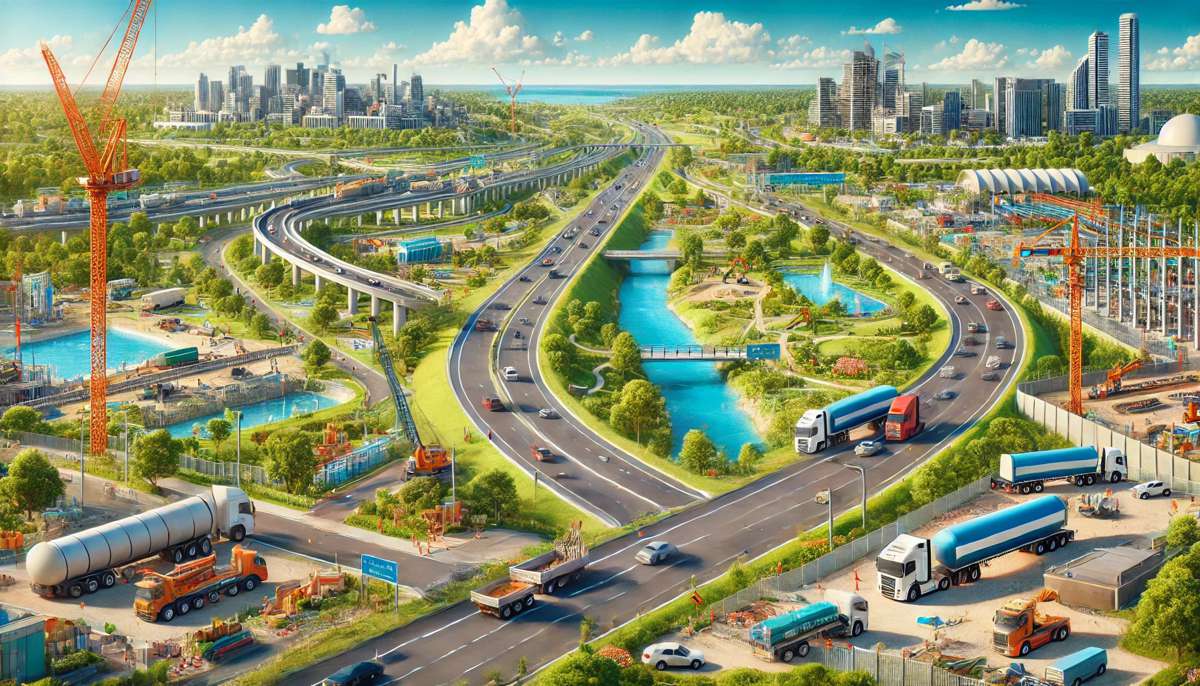EU Bank supports first tramway line in Tampere, Finland with €150m loan
To meet the needs of the growing city and urban area, a modern tramline system has been designed for Tampere. Fostering sustainable transport projects, the European Investment Bank (EIB) has provided a EUR 150m loan to the City of Tampere for the construction of the first section of this tramline. It is 15 km long, links the city centre and eastbound suburbs and is scheduled to open in 2021.
EIB Vice-President Alexander Stubb said “I am happy to announce today that the EU bank is providing financing for this project. The first tramway line will make everyday life and transportation easier in Tampere. It also will make the city greener and transform it into a more attractive and accessible place to live and work, making the whole region more competitive. This underpins the values the EIB stands for.”
“We are thankful for the financing and the support granted by the European Investment Bank. Tampere will be the second metropolitan area in Finland. The growth of our region is the second fastest in the country. This day takes us one step closer to our objective of having one of the smartest transport systems in Europe. We have initiated a Smart Mobility project, which aims to create an internationally recognised testing and innovation ground for smart traffic in the Tampere region”, said the Mayor of the City of Tampere, Lauri Lyly.
The tramline project is very much needed in Tampere, which is one of the fastest growing urban regions in northern Europe – expecting to expand by 1% annually over the next 15 years. The construction of the tramline has been divided into two sections. Section 1, supported by the EIB, covers the construction of the 15 km route, linking the city centre and having two branches: one serving Hervanta and Tampere University of Technology; and the other serving the eastbound suburb of Tampere University Hospital.
Today’s EIB support for the City of Tampere builds on long and good cooperation. In 2001, the Bank co-financed the modernisation of the Naistenlahti cogeneration power plant and the upgrading of the city centre, in particular the former industrial sites of Tampella and Finlayson. Two years ago, the EIB also supported the construction of the Rantatunneli, the longest road tunnel in Finland.
The Implementation Plan
To meet the needs of the growing city and urban area, a modern tramline system has been designed for Tampere. The key goals of the tramline system include making the everyday life and transportation easier in the municipality, supporting the growth and development of the urban area, and increasing the appeal of the city.
The construction of the tramline has been divided into two sections. Section 1 covers the construction of the eastbound two-branch line from Pyynikintori to Hervantajärvi and to Tampere University Hospital as well as the depot area in Hervanta. Section 2 covers the line westbound from Pyynikintori to Lentävänniemi via Lielahti. The rough design and construction schedule of the sections is presented in the chart on the adjacent page.
The Tram Line Alliance formed by the client, i.e. the City of Tampere, and the service providers, i.e. YIT Construction Services, VR Track Oy and Pöyry Finland Oy, will be in charge of designing and constructing the tramline infrastructure and the depot area. The city will acquire the tram cars as a parallel procurement. Interfaces between the tram car and the track have already been designed during the development phase, and coordination will continue to the implementation phase.
The Implementation content of the Alliance in section 1 includes the following tasks:
- Construction of the tramline and the tramline stops
- Earthworks and roadwork required by the tramline
- Construction of the depot area and the power supply stations
- The necessary lead and cable transfers
- Construction and alteration work of bridges and supporting wall structures
- Technical systems, including the overhead line, traffic lights, information networks, and surveillance and control systems
The Tram Line Alliance has also drafted street designs on all the tramline streets of section 1, with the exception of Hämeenkatu, the design of which the client will procure separately. The street designs depict the division of space on the streets in terms of traffic and functionality in the objective situation. In addition to the implementation content of the Alliance, the designs present other procedures to improve the quality of the street environment and alter the division of space in traffic. The City of Tampere will implement these changes to the street environment in accordance with the annual construction budget of common areas. Some of these procedures are already underway, and the rest will be carried out before, during or after the construction work of the tramline.
The construction of section 1 of the tramline will take about four years. The intention is to start the construction work in 2017 on a number of sites: Hämeenkatu, Itsenäisyydenkatu, Sammonkatu, Hervannan Valtaväylä, Insinöörinkatu, Atomipolku, Hermiankatu and the depot area. The Alliance will be in charge of the design and implementation of traffic arrangements during the work as required by the construction of the tramline. Guaranteeing smooth and safe day-to-day travel to all means of transportation throughout the construction is the key principle between designing and optimising the phasing of the work.
The tramline will be adapted to the current urban environment. The values of the cityscape will be assessed particularly thoroughly in nationally significant cultural environments (RKY areas) that feature along the tramline in the city centre, Kaleva and Hervanta.
The progress and effects of the construction work will be communicated openly and proactively. Public events, themed workshops and worksite visits, among other things, will be used to inspire active dialogue.
A total cost estimate, consisting of the objective cost that is binding to all the parties of the Alliance, as well as the client’s procurements, the client’s risk reserve and the bonus pool, has been specified for section 1 of the Tram Line Alliance. The cost estimate of section 2 has been specified for the route in accordance with the general plan as well as four optional routes in the Hiedanranta area. A binding objective cost for section 2 will be determined in the next development phase.
The total cost estimate for the construction of the infrastructure and the depot of the tramline when using the most cost-effective route via Hiedanranta is EUR 282.9 million, of which the share of section 1 is EUR 238.8 million and the share of section 2 is EUR 44.1 million.
The city will be in charge of operating the tramline, and the line will be accommodated as a part of the public transportation system of Tampere. The bus lines will be coordinated with the tram lines. The objective is to start the tramline traffic from the city centre to Hervanta and Tampere University Hospital in 2021.
















